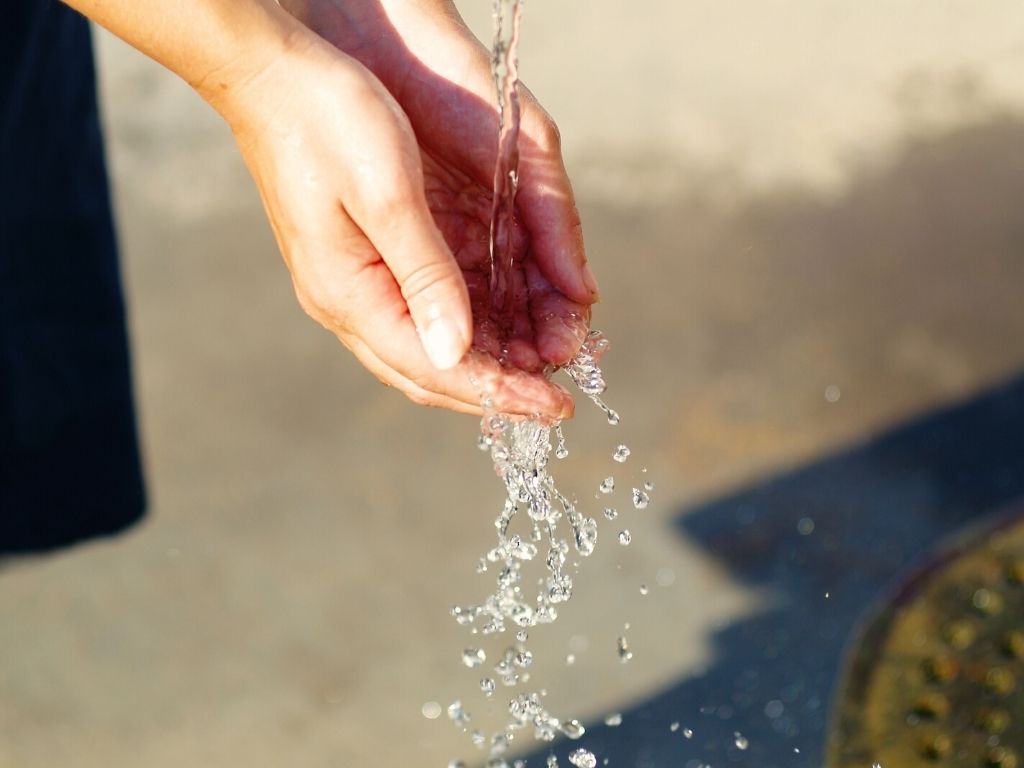In childhood, when I was dragging water from a well for my grandmother, I noticed one phenomenon: the grass along the path along which people carried water was always greener and juicier than around. It’s just because water, sprinkled from buckets, and abundantly watered the grass along the path. And in this, the grass that was a little further was genetically no worse, and the sun shone all the same. However, it’s just one grass that was lucky to grow on the path.
Exactly the same effect is observed in the economy.
When in any country or region of the country there is a source of high incomes, the prices in this place are higher than in the neighboring regions. Although there are no other objective reasons for high prices.
For example, the prices for many goods in Atyrau are almost the same as in Alma-Ata. And property prices are almost the same. But, try to objectively compare the living conditions in Alma-Ata and in Atyrau. In Alma-Ata there is a favorable mild climate, green grass and trees, beautiful mountains, developed infrastructure. While Atyrau has a severe climate, poor vegetation and poorly developed urban infrastructure. How can real estate be expensive here almost like in Alma-Ata?
The matter is that oil is extracted here, the export commodity of Kazakhstan. With huge incomes, oil companies have to pay relatively high salaries to the specialists working here. And these specialists, having come out with their wages to the local limited market, begin to compete among themselves for the same apartment, furniture, car and so on. Sellers, seeing this, raise the prices.
So it turns out that the apartment in the uncomfortable microdistrict Atyrau with its cold winter and hot summer and desert around the city suddenly equaled in price with the same apartment in Alma-Ata with its greenery and aryks, neat courtyards, smooth roads and with “Medeo” nearby.
The same thing happened with Kazakhstan as a whole. Thanks to the manna from heaven – oil, the Kazakh capital with its cheap ceramic-granite new buildings, undeveloped infrastructure and inhospitable people at a price for real estate began to compete with the world capitals of London, Paris, Madrid, where the present age-old stone palaces, the infrastructure tested by the hundred-year-old infrastructure and friendly townspeople live. Ask an ordinary Parisian whether he will exchange his small apartment on the outskirts of Paris for the same apartment in the center of Astana. Of course not. Even if he will be told that the Astana apartment is more expensive than his Parisian apartment. But many Astana residents would gladly change (by the way, many do so).
I want to reassure Kazakhstan citizens. A similar phenomenon is observed not only in our country, but also in all countries that are subjected to the “Dutch disease”, that is, where the source of high incomes has recently been scored, and where this source has not yet managed to create the age-old foundation of well-being.
For example, I recently visited Norway. Its capital Oslo is one of the most expensive cities in the world. I was personally convinced in it. The five-star hotel in the center costs more than the same five-star hotel on the Champs Elysees in Paris. But excuse me, what is Oslo, and what is Paris. With all my respect for Norway, comfort, beauty and, most importantly, the climate of Paris cannot be bought for any money. But the fact remains: life in Oslo is more expensive than in Paris.
Thus, the proximity of the source of income often distorts the picture of the market.

COMMENTS